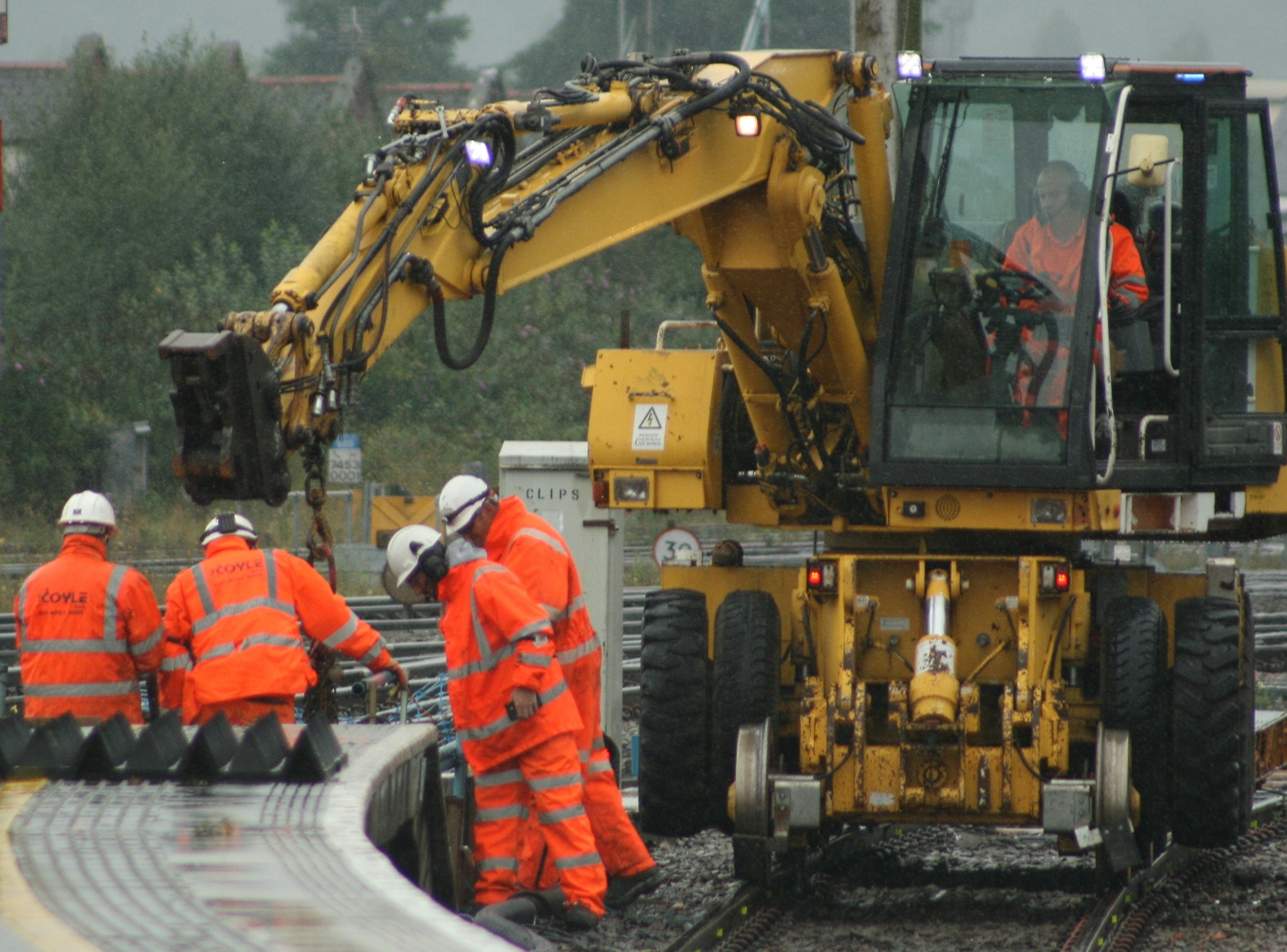Hi-vis clothing for construction workers
 Many construction employers think they are providing their project teams with the best high-visibility (hi-vis) work wear, when in fact they are putting their lives at risk this winter, says leading safety equipment specialists OnSite Support.
Many construction employers think they are providing their project teams with the best high-visibility (hi-vis) work wear, when in fact they are putting their lives at risk this winter, says leading safety equipment specialists OnSite Support.
“At this time of year when construction teams are working outside in low light and poor visibility conditions, they need to be wearing reflective clothing that reflects from all angles,” says safety clothing specialist Chris Wellgreen from OnSite Support. “Clothing that’s visible during the day but almost invisible in low light because it’s dirty or not marked with the proper reflective striping, is a safety hazard which puts workers’ lives at risk.”
To be appropriate for the job and working conditions, reflective workwear must fit properly and meet ISO EN 20471:2013 for high-visibility warning clothing - a European standard, recognised by a ‘CE’ mark. The standard gives safety specifications for coveralls, jackets, waistcoats, tabards, trousers and harnesses.
“There are three classes of hi-vis garments based on their levels of visibility,” explains Chris. “BS EN471 Class 3 is the highest grade and most visible clothing. It includes reflective jackets, coats and trousers, which are essential protective workwear for high-risk construction workers such as marshallers, transport and maintenance teams, particularly if they are working at night.”
All UK employers are required to provide their employees with clean, undamaged hi-vis clothing if they are working in reduced visibility conditions, and ensure that staff know how to wear it correctly and when it is required. Employers are also responsible for maintaining, storing and regularly checking and replacing damaged garments.
“Hi-vis clothing should be comfortable, non-restrictive and provide good visibility during the day, at night, and in poor weather conditions. The best colours for conspicuity are orange or fluorescent yellow and all clothing should have certified reflective strips,” explains Chris. “Just as importantly, these garments should be compatible with other protective workwear and safely secured so that they don’t catch or interfere with the operation of other equipment.”
According to the Health and Safety Executive, around seven workers die and 93 are seriously injured annually by vehicles or mobile plant on construction sites. “Many of these accidents are due to workers not being seen on site and could have been avoided if they had been wearing the right reflective clothing,” says Chris.
[edit] Related articles on Designing Buildings
- Banksman.
- CDM.
- CE Mark.
- Demolition.
- Design risk management.
- Dynamic self-retracting lanyard.
- Ergonomics in construction.
- First aider.
- Getting personal about protective equipment.
- Health and safety file.
- Health and safety.
- Method statement.
- Near miss.
- Permit to work.
- Personal protective equipment.
- Purchasing personal protective equipment.
- Risk assessment.
- Safety briefing.
- Safety helmet colours.
- Social distancing compliance marshal.
- The Personal Protective Equipment at Work Regulations 1992.
- Toolbox talk.
Featured articles and news
RTPI leader to become new CIOB Chief Executive Officer
Dr Victoria Hills MRTPI, FICE to take over after Caroline Gumble’s departure.
Social and affordable housing, a long term plan for delivery
The “Delivering a Decade of Renewal for Social and Affordable Housing” strategy sets out future path.
A change to adoptive architecture
Effects of global weather warming on architectural detailing, material choice and human interaction.
The proposed publicly owned and backed subsidiary of Homes England, to facilitate new homes.
How big is the problem and what can we do to mitigate the effects?
Overheating guidance and tools for building designers
A number of cool guides to help with the heat.
The UK's Modern Industrial Strategy: A 10 year plan
Previous consultation criticism, current key elements and general support with some persisting reservations.
Building Safety Regulator reforms
New roles, new staff and a new fast track service pave the way for a single construction regulator.
Architectural Technologist CPDs and Communications
CIAT CPD… and how you can do it!
Cooling centres and cool spaces
Managing extreme heat in cities by directing the public to places for heat stress relief and water sources.
Winter gardens: A brief history and warm variations
Extending the season with glass in different forms and terms.
Restoring Great Yarmouth's Winter Gardens
Transforming one of the least sustainable constructions imaginable.
Construction Skills Mission Board launch sector drive
Newly formed government and industry collaboration set strategy for recruiting an additional 100,000 construction workers a year.
New Architects Code comes into effect in September 2025
ARB Architects Code of Conduct and Practice available with ongoing consultation regarding guidance.
Welsh Skills Body (Medr) launches ambitious plan
The new skills body brings together funding and regulation of tertiary education and research for the devolved nation.
Paul Gandy FCIOB announced as next CIOB President
Former Tilbury Douglas CEO takes helm.
UK Infrastructure: A 10 Year Strategy. In brief with reactions
With the National Infrastructure and Service Transformation Authority (NISTA).























Comments
Good Job, excellent article, I loved it the way that you explained about Hi Vis Clothing safety purpose